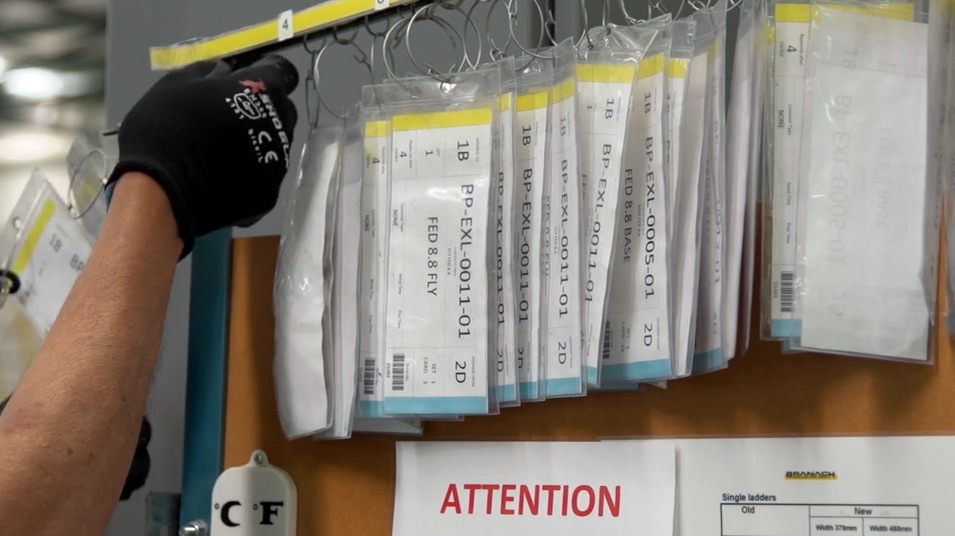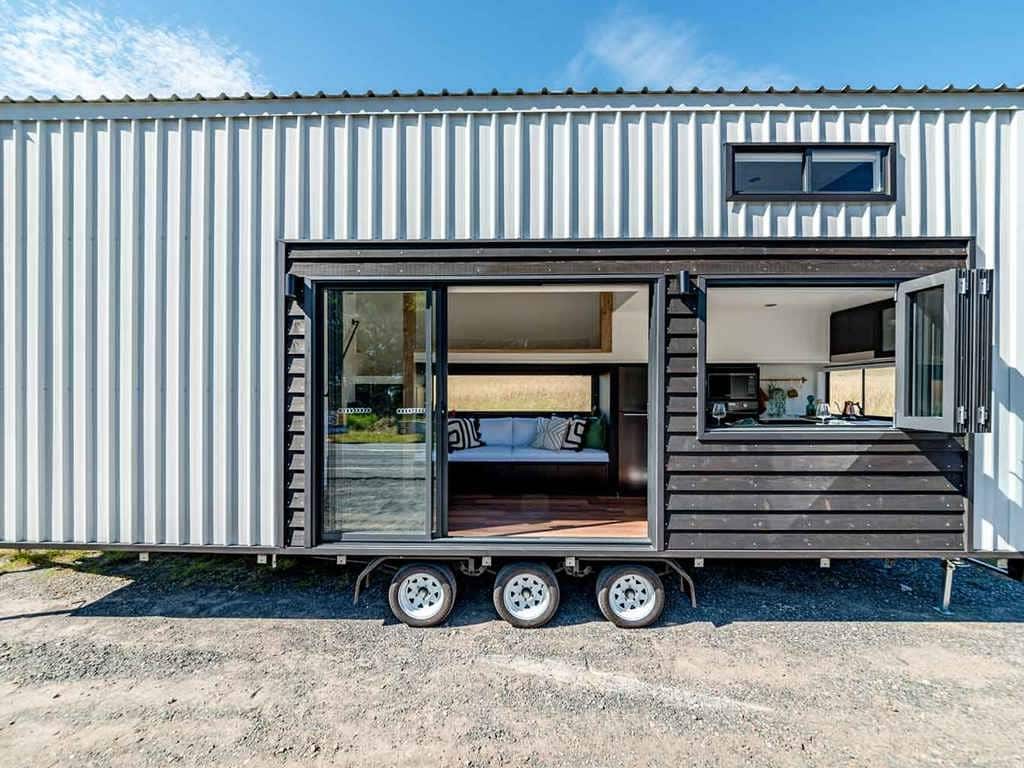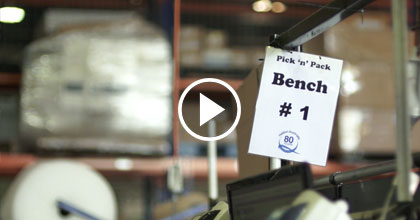Ready to take control of your projects?
A DIY Kanban board offers a hands-on approach to visual task management. Simple to create and highly effective, this board helps prioritize tasks and maintain focus.
In this blog post Anthony Clyne talks about building your own Kanban Boards
Building Your Own Kanban Boards
A Kanban board is a visual management tool designed to help visualise work, limit work-in-progress, and maximise efficiency (or flow). Kanban boards use cards, columns, and continuous improvement to help teams commit to the right amount of work, and get it done.
Kanban is a visual system for managing work as it moves through a process. Kanban visualises both the process (the workflow) and the actual work passing through that process. The goal of Kanban is to identify potential bottlenecks in your process and fix them so work can flow through it cost-effectively at an optimal speed or throughput.
A Kanban board is a more efficient and less frantic method than having multiple people to contact each day, just to define the current status of the work. A Kanban board displays everything required to make informed decisions including:
1. Which work to prioritise first
2. Which resource to use next
3. Ability to collect valuable metrics
4. At a glance view the whole workload picture
5. Timing, flow and resource assignments
To grasp the concept of Kanban, there are several fundamental Lean principles built into a Kanban board that support how a team can practice and build upon continuous improvement cycles.
We will discuss the importance of understanding your entire value stream, the creating knowledge process and being respectful towards the people involved.
Seeing the Whole Value Stream
Within Lean, “Seeing the Whole Stream” is a key concept for understanding the entire value stream. It can be challenging to have a single and shared view of what the team is facing.
It is also problematic to track the entire team’s capacity when you have to go and interpret what each team member is working on.
These interactions through the day are not the best use of your time or theirs. Visual Management is essential to managing a team’s work in progress and display all the activities in one place.
Creating Knowledge
If you only work within the functions of your role within a company, you’re missing an important opportunity to cross-train yourself and those in your team. It is amazing what a set of fresh eyes can bring to solving a problem or a task that is falling behind. It happens so many times that after collaborating with a co-worker, a solution can be found to progress the work or aid in selecting the right solution.
Every time this happens is an opportunity to grow — by hearing new ideas and understanding new perspectives for the team and yourself. It is equally valuable to see the work that someone else is doing. Visibility of the work provides the opportunity to help your team deliver value faster. By keeping individual projects separate from each other, the opportunities to focus on both little and large problems across all projects as a whole is hidden.
With a Kanban board setup, when a concern arises, the team can see the issue on the board and can immediately start to develop a shared response and begin working towards a solution together. Often this will happen automatically soon after the Kanban board is working with deadlines, metrics and schedule information.
All of these visual information triggers the sharing of information leading towards new ideas and help to progress the problem towards a conclusion.
Therefore it is important to have the information displayed to the team as without being able to visualise that there is a problem first, the ability to focus the team together is lost. Without these visualisation techniques of the Kanban board, it can be difficult to see how all work is connected.
Being Respectful Towards People
Wasting someone’s time is disrespectful, and we do this sometimes unintentionally with running a simple team status meeting to provide information. Many of these status meetings go around the room, as each team member reports information on their tasks. While it is important to have a say most of the attendees are disinterested in most of what is being said, while the others wait for their turn to talk.
As a result in this type of meeting we are, in fact not talking to each other – we were talking at each other. The meeting is missing the opportunity to improve the quality of the meeting itself and to remove obstacles out of each other’s way so the projects can get done. If we cannot improve the quality of our communication, it becomes a much harder task to improve the quality of our work.
Finding out that you are always on a different page from your team can be frustrating. In the end, miscommunications result in complexity, frustration, and increasing anxiety levels. As Deming said, “A bad system will beat a good person every time.” [February 1993 Deming Four Day seminar in Phoenix, Arizona.]
How Do Kanban Boards Assist?

Having a single Kanban board allows a team to visualise the entire process and enables more time in the meeting to focus on the essential aspect of work such as deadlines, changes in priorities or arising concerns.
Then at the daily team meeting, we can create a single point meeting that addresses communication problems by having to speak to each person and many people prefer visual information because it is quicker to process. The daily team standup meeting is around 10 minutes duration to cover project status, metrics, task assignments and problem-solving.
Most of this discussion ends up eliminating the need for lengthy status meetings and long emails.
How To Create Kanban Boards
To get started, refer to “Personal Kanban Mapping work” by Jim Benson, 2011.
It is a great starting point into the “World of Post-It-Notes” and how to organise work tasks. Then just do it by developing a mock-up to test the visualising of workflow steps needed to progress the work. Once the mock-up is ready, put it to work and test it out in the real world Refine by understanding “What works well?” and “What is needed?” to support Kanban.
In conclusion, as work transitions towards knowledge work, visualising the tasks and priorities for our team is more important than it has ever been.
When you begin to define your visual management or Kanban board, you need to understand how adding value is created in your processes, understanding how you collect your company knowledge and ensure you continue to respect your people’s abilities and skills. Then you and your team can trial your mock-up Kanban board and daily meetings, and to continuously improve your processes of managing your knowledge work.
Still need help building your Kanban Boards? Contact us we can help you build boards and amplify your business.





